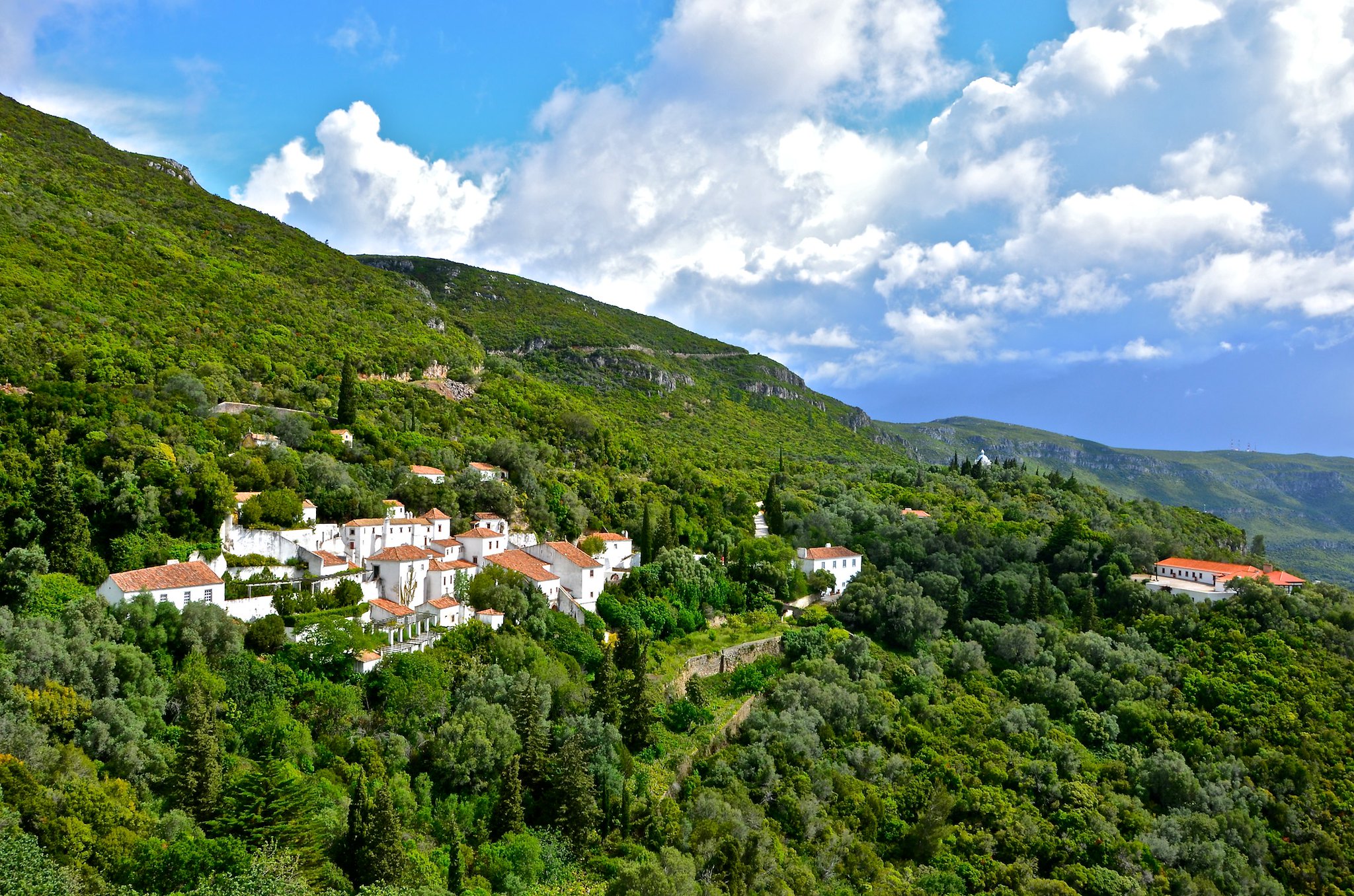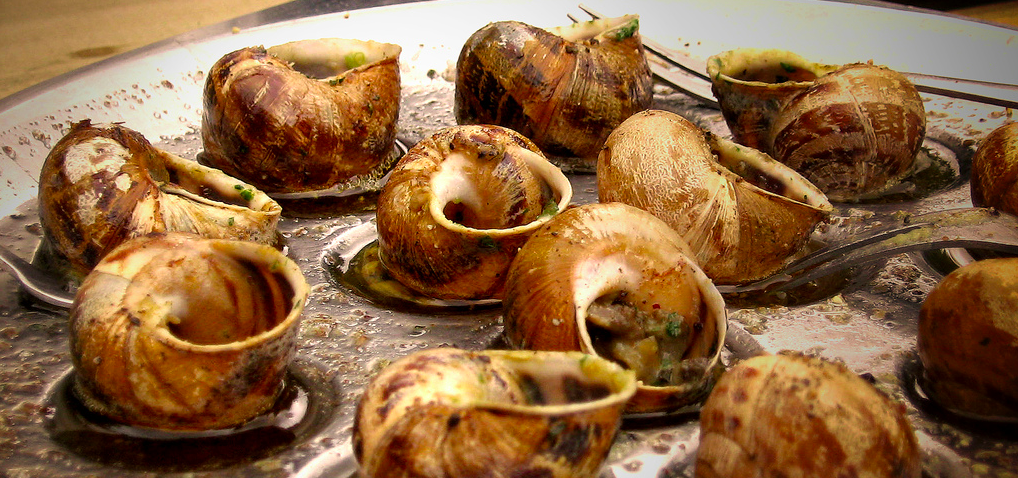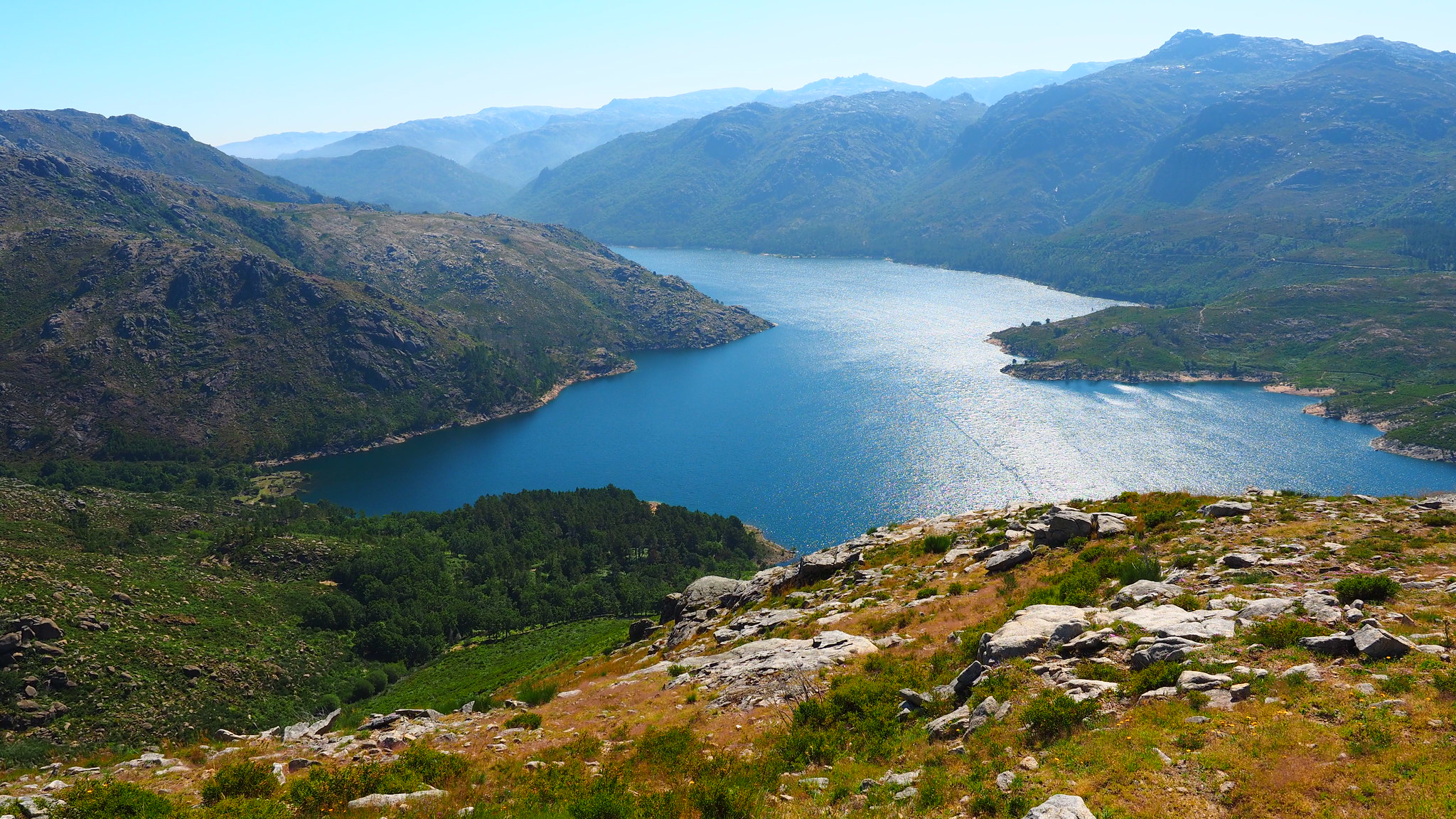Aguardente Bagaçeira: Portugal’s Seriously Strong Wine Spirit

After a fantastic picnic among friends, we gathered at an outdoor café to finish the afternoon with a stiff drink called bagaço. The boys ordered two very full snifters of a crystal clear beverage that I had never heard of, nor did I have to chance to ask just how potent it was before it was passed around to “enjoy” a healthy swig. Erring on the side of caution, I took a tiny sip, but that’s all it took before my eyes popped wide open, and my face clenched and shuddered in pain. I rapidly slammed my fist on the table until the wave of fire passed; and when I came back from the fifth dimension of hell, all that was left was the delicate essence of fruit.
My reaction may have been awful but the taste left me craving for more. The more I sipped, the more my tastebuds soared. It’s only a matter of time before your love of Portuguese wine will spill over to its byproducts. This means Aguardente.
What is Bagaço?

Aguardente is a wine spirit that includes both Aguardente Vinica, made from grapes and used to make fortified wines and Aguardente Bagaçeira, or Bagaço by the locals, made from the bagaço de uva– Portuguese for grape pomace. It is the latter though, this crystal clear firewater that alludes many sworn #winelovers.
The Portuguese don’t like to waste anything, whether it’s food or wine, which is how the production of Aguardente Bagaçeira originated. After the wine-making process, leftover grape skins and stems are put into copper alambiques and distilled to reach an alcohol percentage of between 37 and 52%, but that’s only if the bagaço is meant to be sold. Most locals, especially in the small towns and villages, know of at least one person, café or tasca where they can enjoy the potent stuff. This style is usually homemade and illegally produced to attain an alcohol percentage far above what you can purchase over the counter. By this method, and at this potency, it might as well be Portuguese moonshine.
Usually kept in an ordinary unmarked glass bottle under the counter, or sometimes in one of the store-bought bagaço bottles as a clever cover-up, you’ll know whether a local restaurant has it if the owner brings a bottle to a lunching table of men at the end of the meal. Then you just may be able to request some for your table afterward.
Alternative uses of Bagaço

Aside from drinking it neat, many Portuguese like to add it to their espresso coffee, making it a cheeky café com cheirinho –“coffee with a little scent”. However if you really want to enjoy its true flavor, ask for them to flambé it in a shallow saucer then pour it into an (empty) espresso cup to experience a much more delicate, aromatic bagaço. It makes a huge difference! Another good way to use flaming bagaço is for cooking sausage, such as Portuguese linguiça in a traditional assador de chouriço. It imparts a delicate flavoring to the sausage that’s delicious.
Bagaço can also be produced from a single grape variety, as well as barrel aged, called bagaçeira velha, developing a lovely caramel color similar to regular aguardente or whiskey and giving it a softer aroma and woody flavor.
What Bagaço to Purchase?

If you don’t manage to find someone, or someplace, to try the “real McCoy” bagaçeira, and prefer to enjoy a more refined version of this beverage, try these winery brands that produce some very nice bagaçeira and bagaçeira velha:
- Quinta das Bageiras
- Herdade de Mouchão
- Adega de Borba “Aguardente Bagaceira Velhissima”
- Quinta de Cabriz “Alfrocheiro Preto” (Single Grape Variety)
- Dona Paterna
So this holiday season, open up your sinuses….er, senses with some Portuguese bagaço! Or if you’re coming to Portugal, why not join us on a tour of your favorite Portuguese wine and its myriad of byproducts?






